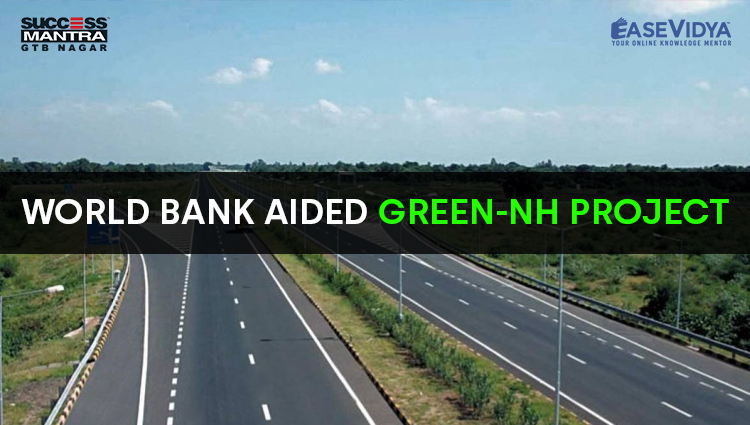
WORLD BANK AIDED GREEN NH PROJECT
WORLD BANK AIDED GREEN-NH PROJECT
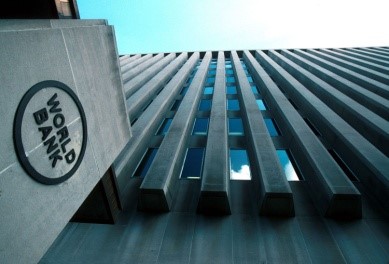
The Indian government on December 22, 2020, signed a loan pact of $500 million with the World Bank for the development of safe and green national highway corridors in Andhra Pradesh, Uttar Pradesh, Rajasthan, and Himachal Pradesh.
The agreement between the Indian government and the World Bank was signed by an additional secretary, Department of economic affairs, CS Mohapatra, and World Bank acting country director of India, Sumila Gulyani. The loan has been granted with a tenor of 18.5 years along with a 5 years grace period.
GREEN NATIONAL HIGHWAY CORRIDOR PROJECT
The Ministry of Road Transport and Highways (MoRTH) had launched a National Green Highways Mission (NGHM) following the promulgation of ‘Green Highways Policy’ in September 2015. The Green National Highways Corridor Projects (GNHCP) supports the implementation of the NGHM and the provision of green and safe transport. The objective of the Project is to demonstrate safe and green National Highway corridors in selected States and enhance the institutional capacity of the MoRTH in mainstreaming safety and green technologies. The project will be providing efficient transportation for road users in the four major states. It will connect people with the market and services; it will help lower Greenhouse gas emissions, and will promote efficient use of construction materials and water for reducing the depletion of scarce natural resources. The project will also widen and strengthen the existing structures by constructing drainage facilities, new pavements, and bypasses. It will also improve junctions and introduce road safety measures.
THREE MAIN COMPONENTS OF THE PROJECT
• Green Highway Corridor Improvement and Maintenance: This includes upgradation and maintenance for five years of about 783 km of selected existing National Highways in the states of Rajasthan, Himachal Pradesh, Uttar Pradesh and Andhra Pradesh.
• Institutional Capacity Enhancement: It will support the capacity enhancement of MoRTH in its pursuit to conserve natural resources and improve climate vulnerability of the National Highways network and reduce Greenhouse Gas (GHG) emissions.
• Road Safety: It will provide support to improve road safety data analytics and highway safety monitoring and implementation.
• About the Pact between the Government and the World Bank: The USD 500 million loan from the International Bank for Reconstruction and Development (IBRD), an arm of the World Bank, has a maturity of 18.5 years including a five-year grace period.
SIGNIFICANCE OF THE PROJECT
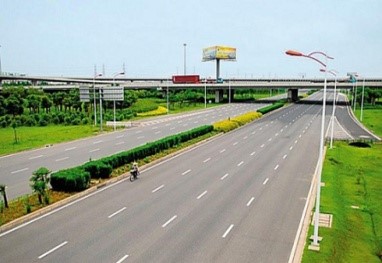
The National Highways of India carries about 40% of road traffic. However, several sections of these highways have inadequate capacity, weak drainage structures and black spots prone to accidents. The ultimate objective of transport infrastructure is to provide seamless connectivity and reduce logistics costs. Historically, the transport sector in India has offered limited employment opportunities for women. The project will support the ministry with an in-depth analysis of gender-related issues in the transport sector along with help in creating jobs for women by training women-led micro enterprises and women collectives to implement green technologies in the highway corridors. It will also support the Bharatmala Pariyojana Program (BPP).
FEATURES OF GREEN HIGHWAY POLICY 2015
It promotes greening and development of eco-friendly National Highway corridors across the country with participation of farmers, private sector and government institutions including the Forest Department. It addresses the issues that lie in the road of development and shows the way towards sustainable development. Planting of trees in any particular area will depend on the soil suitability and climatic conditions. Its objective is to reduce the impact of air pollution and dust by planting trees and shrubs along the National Highways. They will act as natural sinks for air pollutants and arrest soil erosion at the embankment slopes.
ABOUT WORLD BANK
World Bank as an organisation was founded at the Bretton Woods conference in 1944, the International Bank for Reconstruction and Development—soon called the World Bank—has expanded to a closely associated group of five development institutions.
• Five Development Institutions: International Bank for Reconstruction and Development (IBRD) provides loans, credits, and grants.
• International Development Association (IDA) provides low- or no-interest loans to low-income countries.
• The International Finance Corporation (IFC) provides investment, advice, and asset management services to companies and governments.
• The Multilateral Investment Guarantee Agency (MIGA) insures lenders and investors against political risk such as war.
• The International Centre for the Settlement of Investment Disputes (ICSID) settles investment-disputes between investors and countries. India is not a member of ICSID.
Recently, the World Bank has released new Purchasing Power Parities (PPPs) for reference year 2017, under International Comparison Program (ICP) that adjusts for differences in the cost of living across economies of the world. It has also developed the Logistics Performance Index.
OTHER PROJECTS SUPPORTED BY WORLD BANK
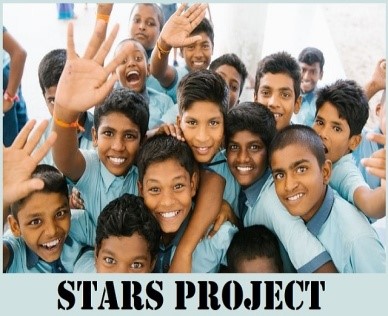
National Hydrology Project: The National Hydrology Project will scale up the successes achieved under Hydrology Project-I and Hydrology Project-II to cover the entire country including the states of Ganga and Brahmaputra-Barak basins. For the first time, under HP-I and HP-II, real-time flood forecast systems integrated with weather forecast in Krishna and Satluj-Beas river systems will give reservoir managers an accurate picture of the water situation in their region. Apart from benefitting the states in further upgrading and completing their monitoring networks, it will also help new states to better manage water flows from the reservoirs.
Strengthening Teaching-Learning and Results for States (STARS) Project: Strengthening Teaching-Learning and Results for States Program (STARS) will help in improving assessment systems, facilitating school-to-work transition, strengthening classroom instruction and remediation, decentralizing management and strengthening the governance. It will also support India's goal 'Education for All'. For this vision, the World Bank has earlier assisted with more than $3 billion. The program will be carried out in six Indian states-- Himachal Pradesh, Kerala, Madhya Pradesh, Maharashtra, Odisha and Rajasthan.
National Nutrition Mission: The mission targets to reduce stunting, under-nutrition, anaemia among young children, women and adolescent girls and reduce low birth weight by at least 2 percent per annum. Though the target to reduce stunting is at least 2 per cent per annum, the mission would strive to achieve reduction in stunting from 38.4% (NFHS-4) to 25% by 2022. More than 10 crore people are expected to be benefitted by the programme. It would cover all the states and districts in a phased manner. While 315 districts will be covered in 2017-18 and 235 districts in 2018-19, the remaining districts will be covered in 2019-20.
Atal Bhujal Yojana (ABHY): It is also known as National Groundwater Management Improvement Programme. The scheme will be implemented in Maharashtra, Haryana, Gujarat, Rajasthan, Madhya Pradesh, Uttar Pradesh and Karnataka. All these states have alluvial aquifers of the Indus-Gangetic plains and hard rock aquifers of peninsular India. The objective of Atal Bhujal Yojana is to promote panchayat-led groundwater management. ABHY also aims to increase farmers’ incomes and improvement in water use efficiency on a larger scale. It has another objective to improve cropping patterns and use of groundwater at the community level.
QUESTIONS (1-5)
Q.1 The Government of India signed a loan pact of $500 million with which of the following for the development of safe and green national highway corridors?
A. International Monetary Fund
B. Asian Development Bank
C. New Development Bank
D. World Bank: ANSWER
Q.2 National Green Highways Mission (NGHM) for the development of safer National Highways is launched by which of the following?
A. Ministry of Housing & Urban Affairs
B. Ministry of Ministry of Road Transport and Highways: ANSWER
C. Ministry of Defence
D. Border Road Organization
Q.3 Which of the following statements is/are correct regarding the implementation of the Green National Highways Corridor Project?
A. The project was aided by Asian Development Bank.
B. It was launched to develop roads in Maharashtra, Karnataka, Odisha & Madhya Pradesh
C. It was launched a National Green Highways Mission (NGHM) following the promulgation of ‘Green Highways Policy’ in September 2015: ANSWER
D. None of the above
Q.4 Which of the following purposes is fulfilled by the recently launched STARS project which is supported by the World Bank?
A. Access to Public Wi-fi Systems.
B. It will strengthen education and improve assessment systems: ANSWER
C. For the protection of Children against the Child labour.
D. None of the above
Q.5 Which of the following Organization is not correctly matched with its headquarters?
A. World Bank ------ Washington DC, USA
B. International Monetary Fund ------ New York, USA: ANSWER
C. Asian Development Bank ------- Manila, Philippines
D. New Development Bank ------- Shanghai, China











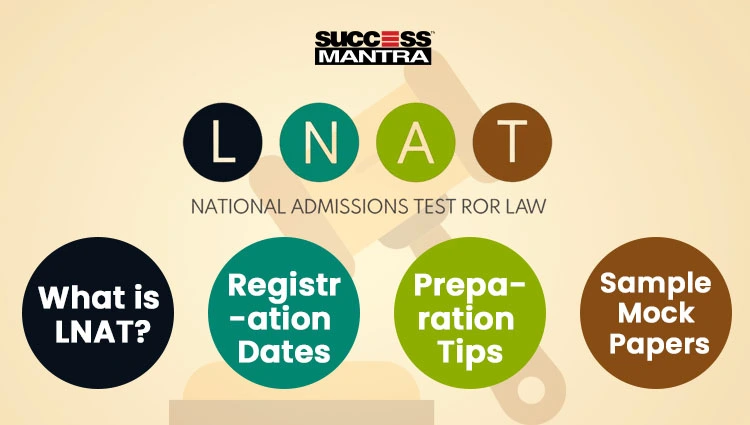

0 Comment